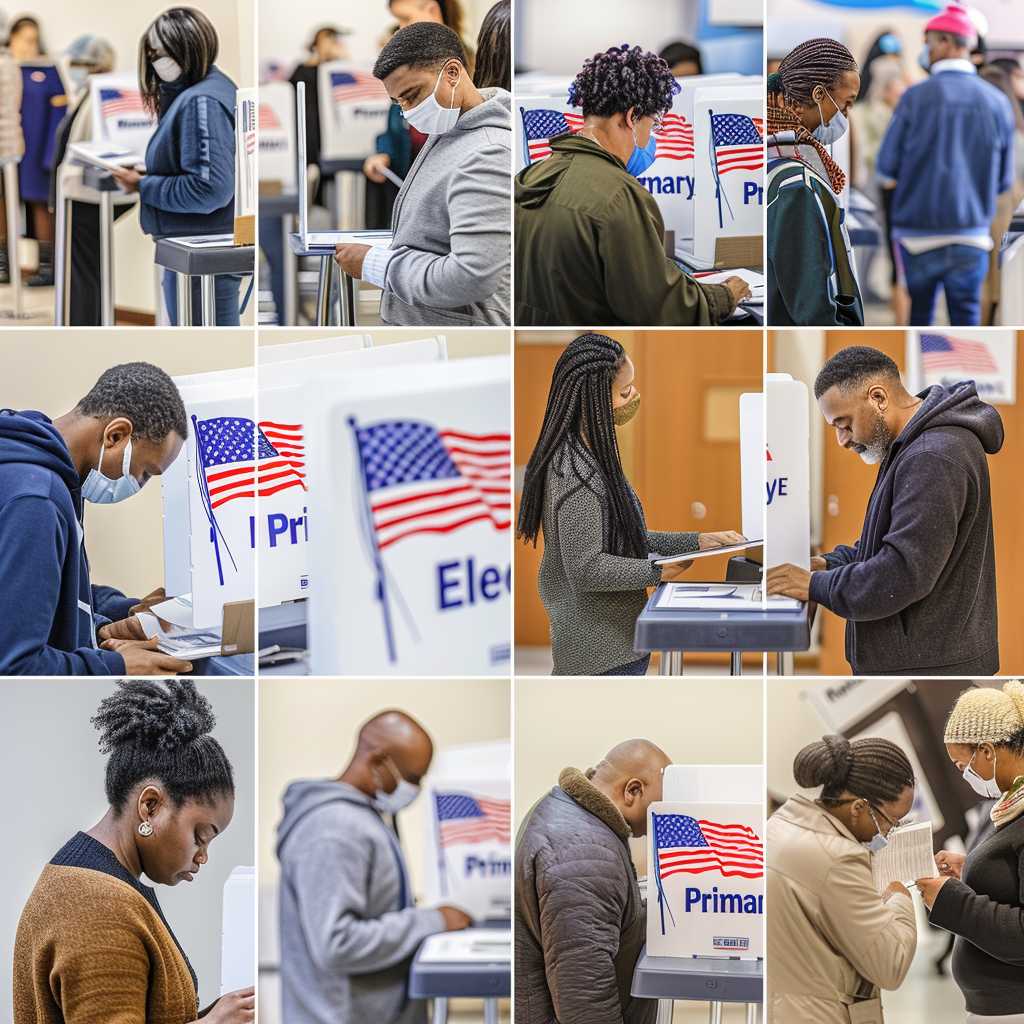# The Role and Function of Primary Elections in the United States Political System
Primary elections play a crucial role in the United States political system. They are a key process by which political parties select their candidates for elective public office. Here, we will delve into what primary elections are, their types, the role they play in democratic processes, criticisms, reforms, and some notes on relevant facts and statistics.
Introduction to Primary Elections
Primary elections are preliminary elections in which registered voters select a candidate that they believe should be the political party’s nominee for elected office to run in the general election. They mark the beginning of the election cycle and are a fundamental aspect of the American democratic process. Primaries can be either partisan or nonpartisan, and the rules governing them vary considerably from state to state.
History and Evolution of Primaries
The concept of primary elections in the US emerged in the late 19th and early 20th centuries as part of the Progressive Era reforms. Their creation was intended to reduce corruption by limiting the power of party bosses, who often controlled the candidate selection process. Instead, primaries opened up the process to the electorate, aiming for greater participation and transparency in elections.
Types of Primary Elections
Primary elections come in different formats, including closed primaries, open primaries, semi-closed primaries, nonpartisan blanket primaries, and top-two primaries:
–
Closed Primaries:
In a closed primary, only voters who are registered with a given party can vote in that party’s primary.
–
Open Primaries:
An open primary allows any registered voter to choose privately which party’s primary to vote in regardless of his or her party affiliation.
–
Semi-Closed Primaries:
These allow registered party members and unaffiliated voters to participate. Unaffiliated voters can choose which party primary to vote in on Election Day.
–
Nonpartisan Blanket Primaries:
All candidates for every office appear on the same primary ballot; regardless of political affiliation, all voters can choose any candidate.
–
Top-Two Primaries:
This is similar to nonpartisan blanket primaries, but only the two candidates who receive the most votes advance to the general election, regardless of party affiliation.
Significance of Primaries in Democracy
Primaries serve multiple functions in American democracy. They allow members of political parties to weigh in on their representative choice before the general election and help generate public interest in candidates and issues. This phase also serves as a testing ground for candidates’ viability and enables them to build a base of supporters while refining policies and campaign strategies.
Criticisms of Primary Elections
Despite their intended democratic nature, primaries have faced criticism over issues such as low voter turnout compared to general elections, the influence of extreme partisan voters rather than moderate voices (particularly in closed primaries), vote splitting among similar-minded candidates in crowded fields, and discrepancies between states regarding delegate selection rules and primary dates.
Primary Election Reforms
Over time, there has been continued discussion regarding reforming primary election processes. Suggestions include making changes to increase voter turnout, streamlining the process through uniform rules for ballot access and delegation allocation, changing funding structures to reduce bias and influence from outsized donations, implementing ranked-choice voting systems, and shifting toward more open or top-two nonpartisan systems.
The Impact of Primaries on General Elections
The outcomes of primary elections greatly affect strategies for general elections. Winners must often pivot from appealing to their base within the party during primaries to broader appeal across all electorate segments for a general election victory. This strategic shift often reveals changes or nuances in positions on key issues.
Notes
Image Description: A collage showing diverse American citizens casting their ballots at different polling stations during a primary election. The images reflect people from varying ethnic backgrounds standing in booths or dropping ballots into voting boxes with “Primary Election” banners hanging on the walls behind them.
